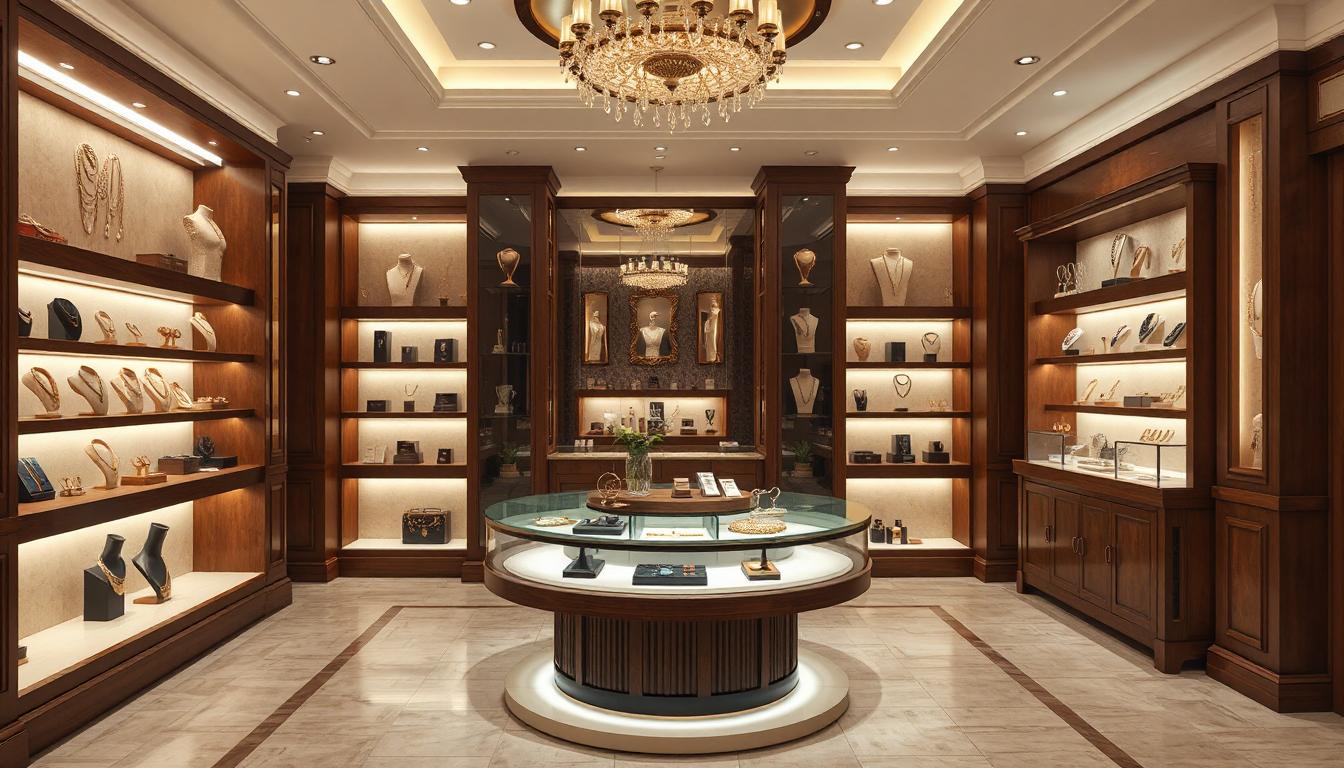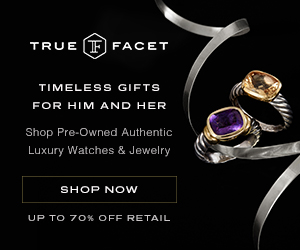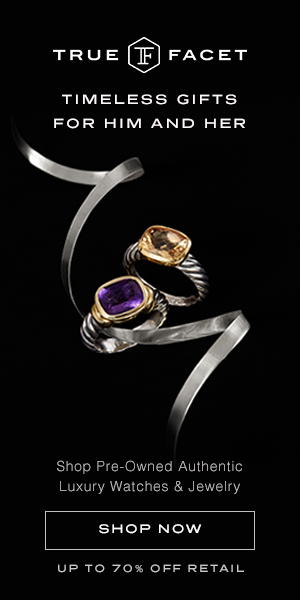How to Make Your Jewelry Store Look Luxe Without the Hefty Price Tag
Let’s face it—luxury sells. Customers walk into your boutique or click on your online shop, and what they want isn’t just sparkle. They want elegance. They want to feel like they’ve just stepped off a page in Vogue, but they’re working with an everyday budget. That’s the tightrope you walk when running a small jewelry business: making the average feel exceptional without pricing people out.
I’ve been in enough stores (and made enough mistakes) to know that pulling off “luxe for less” isn’t about having a huge budget or a famous influencer. It’s about curation, display, storytelling—and yes, sourcing the right pieces. Here’s how small jewelry store owners can stock smart, sell sharp, and keep their inventory looking like a million bucks without actually spending it.
Choose Statement Over Clutter
Here’s something not enough people talk about: too much choice paralyzes people. If a customer sees fifty options in a tray, none of them look valuable. They look mass-produced, even if they aren’t. But if you spotlight five pieces and build a small story around each one, suddenly you’re not selling jewelry—you’re offering identity.
When stocking, go for bold. Pieces that stop people mid-scroll or mid-stride. Think sculptural earrings, chunky chains, layered chokers that play with texture. Luxe doesn’t have to mean diamonds. It means intention. Stocking fewer but more intentional pieces makes your boutique feel curated, not crammed.
And where do you find these attention-grabbers without emptying your wallet? Savvy store owners often turn to wholesale fashion jewelry vendors who specialize in trend-forward designs. You’d be surprised how many “designer-inspired” looks are floating around at a fraction of the price.
The Magic of Color and Finish
Ever notice how expensive jewelry never screams with color? It whispers. Muted golds, brushed silvers, pearls with an odd iridescence—they give off a kind of timeless energy.
Stock pieces with rich, matte finishes. Avoid super glossy metals or anything that feels too light in the hand. Weight suggests value. You want your customers to hold a bracelet and feel like it’s worth more than what you’re charging.
When choosing which colors to stock, go beyond black and gold. Gunmetal. Rose bronze. Olive-toned gemstones. These evoke sophistication and look more artisanal. Bonus: they pair beautifully with both minimalist and boho aesthetics, broadening your appeal.

Jewelry Store
Know Your Customer’s Fantasy
Every customer walks in with a story in their head. Maybe she’s got a wedding to attend and wants to look “rich aunt chic.” Maybe she’s heading back to the office and wants that one necklace that’ll make her feel like a boss. Your job is to anticipate those mini-fantasies and stock for them.
That means watching cultural shifts—not just trends. If a new period drama drops on Netflix and suddenly everyone’s obsessed with corsets and cameo brooches, you better believe those styles will spike. Stock adaptable pieces. A pearl drop earring can go from Bridgerton to the boardroom with the right styling.
If you’re not sure what your customers are craving, ask them. Start conversations. Pay attention to what they linger on, what they come back to, what they pick up and put down. The best inventory decisions I ever made came from casual chats, not trend reports.
Merchandising is Your Secret Weapon
Want to know how department stores make costume jewelry look expensive? It’s not the product. It’s the staging.
Use rich textures in your displays—velvet, aged wood, brass fixtures. Keep the number of items per tray or shelf low. Let each piece breathe. Add props that imply a lifestyle: a perfume bottle here, a vintage book there. This isn’t just decoration—it’s storytelling.
Lighting matters, too. Avoid harsh fluorescents. Use warm lighting to bring out the tones in your jewelry. A simple LED spotlight can make a $12 necklace look like a $120 one.
If you sell online, your photos need to tell the same story. Use natural light, show the piece on a model, and don’t skimp on close-ups. If you can make it look like something out of a boutique in SoHo, people will feel justified spending a little more—even if the price is bargain-bin low.
Don’t Sleep on Presentation
Your packaging doesn’t have to be extravagant, but it does need to feel thoughtful. Wrapping a necklace in tissue and placing it in a velvet pouch takes maybe 30 seconds, but it elevates the entire purchase experience.
You’re not just shipping a product. You’re delivering a moment. That kind of detail is what brings people back.
Source Smarter, Not Just Cheaper
Look, we’ve all been tempted by those too-good-to-be-true deals from random suppliers. And sure, once in a while you score. But for consistent quality, you need real partners.
Reliable jewelry wholesalers don’t just offer discounts—they offer consistency, fast turnaround, and new arrivals that keep your store fresh. Work with vendors who understand boutique culture. Look for minimums you can manage, return policies that make sense, and photos that don’t lie.
Building a relationship with your vendor can go a long way. Some will even give you heads-up on upcoming styles or offer priority access if you become a regular.
Rotate to Create Freshness
People love “what’s new.” You don’t need to constantly buy new inventory, but you should definitely rotate your displays and online features. That gold chain you featured last month might fly off the shelf if it’s paired with a different outfit or moved to a better-lit corner.
Create mini collections: “Vacation Mode,” “After Hours,” “Everyday Luxe.” This gives old pieces new life and keeps your store feeling active without always restocking.
Embrace the Story Over the Price Tag
At the end of the day, what you’re selling isn’t just jewelry. It’s a feeling. A sense of polish, empowerment, elegance—whatever your customer is chasing that day. The piece is the tool. Your store is the guide.
You can absolutely run a small business that feels like a luxury brand without blowing your budget. It takes some strategic sourcing, a sharp eye, and a willingness to edit, refine, and tell a story. Luxe isn’t about cost. It’s about care.
Now, go make your customers feel like they just stumbled into a secret, high-end boutique—where everything happens to be delightfully affordable.







